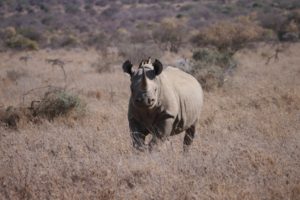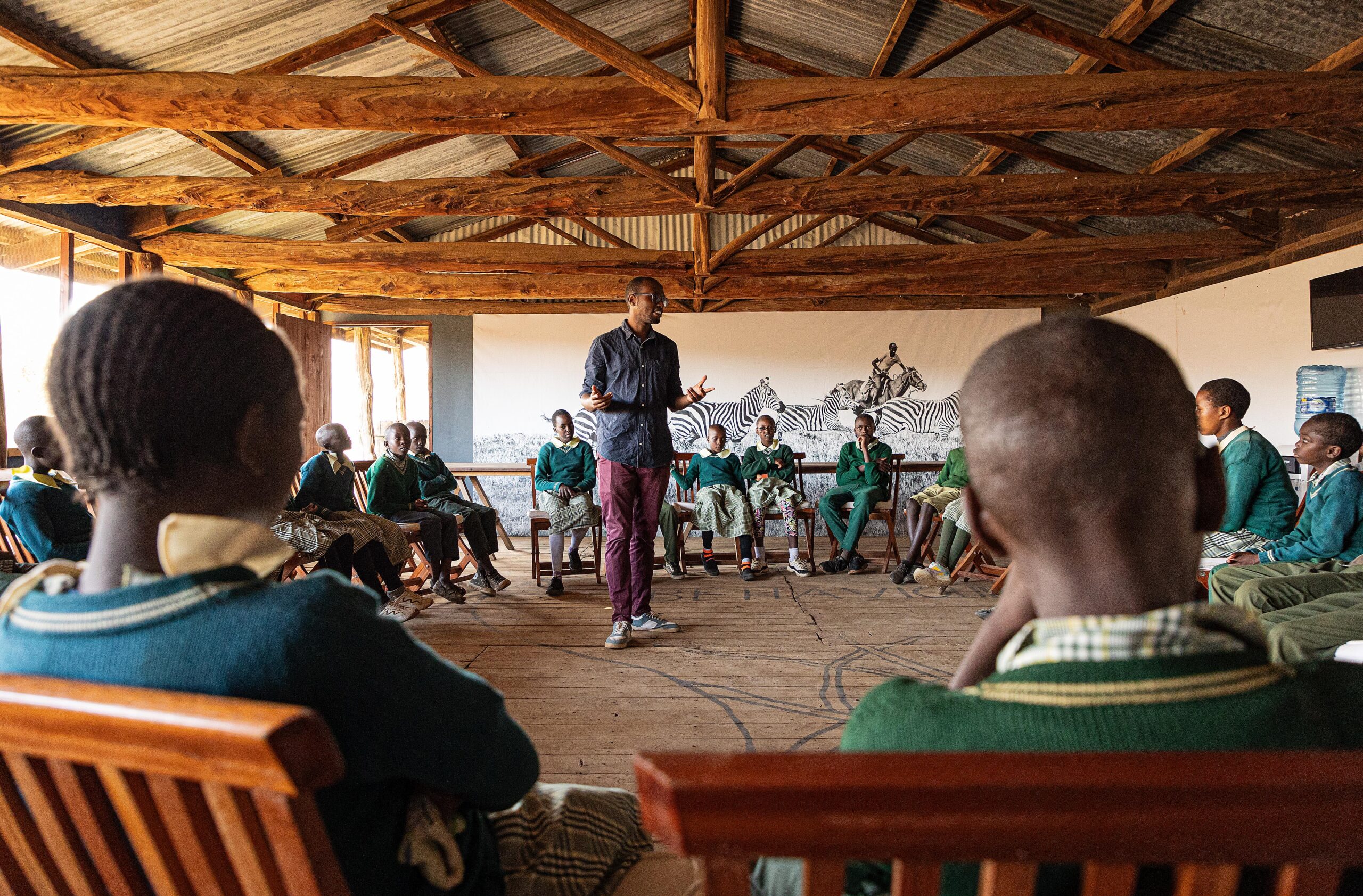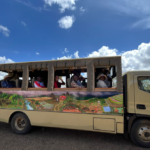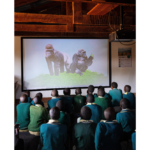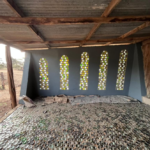As the threats of poaching and habitat loss intensify, comfort and convenience won’t protect wildlife, but innovation will. It challenges convention, sparks fresh ideas, and gives communities the tools needed to adapt. In conservation, innovation bridges the gap between ecological research and daily practice, turning knowledge into action. Without innovation, restoration methods stagnate, management strategies grow obsolete, and our capacity to preserve biodiversity and maintain ecosystem resilience becomes severely compromised.
This spirit of creative problem-solving lies at the heart of ‘Mazingira Yetu’ or ‘our environment’ in Kiswahili. Here, innovation is not a buzzword, but the foundation of every lesson. With playful creativity, the Mazingira Centre, based in Borana Conservancy in Laikipia County, Kenya, transforms sustainability from an abstract concept into a vivid, hands-on reality, blending clever design with practical eco-solutions.
This philosophy is reflected in the Centre’s physical structure, where every sustainability principle taught has been brought to life. The renovation of a century-old woolshed, once used for shearing Merino sheep, was undertaken with a commitment to environmental stewardship. Local contractors were employed, and recycled materials used wherever possible. Laikipia’s established network of skilled builders provided the perfect foundation for an innovative renovation at Mazingira Yetu. Rather than laying down conventional tiles, the project team worked with local contractors to recover intact glass bottles from Borana Lodge and transform them into floor and window tiles. This creative use of the bottles celebrates local craftsmanship, reduces the carbon footprint of new materials, and sets a new benchmark for sustainable design across the County. By embedding circular-economy principles into the renovation, the Centre demonstrates how thoughtful material choices can enhance environmental performance and architectural character.
Innovation extends beyond the building itself. The Music for Conservation programme takes environmentalism out of textbooks and puts it into song. In Kenya, whilst around 80% of children are enrolled in primary school, many do not reach expected levels of literacy and science proficiency. Mazingira Yetu bridges this gap by partnering with regional artists and producers to turn complex issues, including rhino poaching and habitat loss, into award-winning tracks like Kifaru Twakupenda. These songs embrace auditory, social, and linguistic learning, making science memorable and fun. Shared on radio, social media, and in school assemblies, the music sparks discussion, strengthens pride for the environment, and ensures conservation lessons endure long after the lesson is over.
Innovation in sustainability also means finding new ways to restore and safeguard the fragile ecosystems. Ondiri Wetland, a rare peatland bog in Kikuyu municipality, forms the headwaters of the Nairobi River and plays a vital role in the Athi River basin. Yet it faces mounting threats: indiscriminate harvesting of sedges; raw sewage discharge; invasive species; and nutrient overload from surrounding farms.
Mazingira Yetu has joined forces with Eco-pro Initiative, Friends of Ondiri, and Kiambu County Government to rehabilitate 30 hectares of this Wetland. The project goes far beyond traditional clean-up efforts, combining community education, reforestation of the riparian zone, and enforcement measures to curb destructive practices.
By treating the Wetland as a climate asset and not just as a habitat, the initiative reframes conservation as a tool for both local resilience and global carbon storage. Here, innovation lies in the partnerships themselves, a collaborative model of stewardship that safeguards critical ecosystems for generations to come.
The threats facing Ondiri Wetland highlight a wider challenge, however. How do you ensure farming supports livelihoods without undermining ecosystems? Mazingira Yetu responds through the Kisima Farmers’ Expo, where agricultural training steps out of the classroom and into engaging demonstration plots. These showcase practices such as gravity-fed drip irrigation, agroforestry guilds, and biochar-enriched soils – tools that prevent the very nutrient run-off and land degradation seen in Kikuyu. Instead of passive notetaking, participants engage in live micro-workshops led by local “agripreneurs” and extension officers, blending storytelling circles with peer-to-peer problem solving to make use of visual, tactile, and social learning styles. Gamified challenges timing water delivery to seedlings or matching companion-plant species turn complex sustainable land-use models into interactive puzzles. By situating cutting-edge, conservation-compatible livelihood strategies within a vibrant, hands-on expo atmosphere, Kisima ensures farmers leave genuinely excited to embed these innovations into their own fields and communities.
At Mazingira Yetu, innovation shapes every decision – in classrooms, on farms, and in conservation projects. The Centre demonstrates that sustainability is built through daily practice. The challenge now is spreading the word and getting others to do the same.


